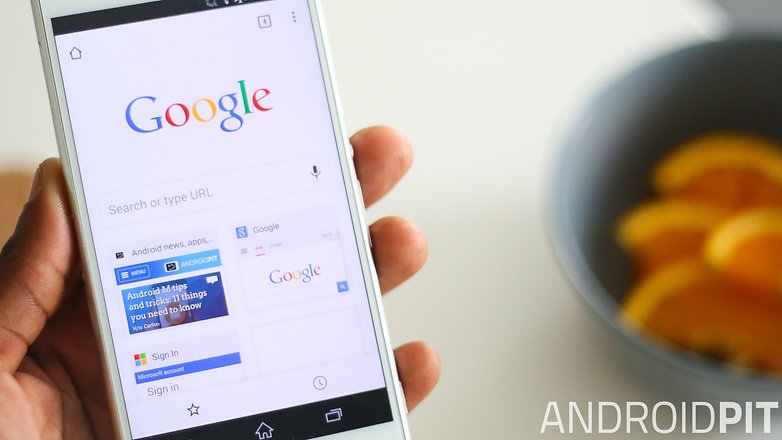Google Chrome Apk File For Kindle Fire Hd
суббота 12 января admin 76
Hinari instructions manual. Why Do I Want to Do This? Currently, Amazon’s Kindle Fire platform exists in a walled-garden of sorts.
Amazon has the Apps for Android store to provide apps for the Kindle Fire lineup, but the Apps for Android store does not have the same reach and variety as Google Play. As a result, you’ll often find yourself looking for something and not finding it (and not just obscure apps either, but big name apps like the Android version of Google’s Chrome browser). You can do some serious modification and install Google Play on your Kindle Fire, but it’s messy, it requires rooting, and it (however technically) can void your Amazon warranty. Instead, you can enjoy apps on your device by sideloading them–downloading them from a trusted source and manually installing them or extracting them from another of your Android devices and installing them that way. We’ll walk you through both techniques.
Nov 09, 2018 Open the notification area (top bar). It should show that the.APK file is downloading. Tap it once the download has finished. Select “Install.” After a while, you should see the Chrome browser in your Kindle’s app drawer. Chrome works on the original Fire, as well as the HD and HDX models. However, if you have an older device, you can.
We’ll be using a Kindle Fire HDX for the tutorial. Although individual settings may be in different locations on earlier Kindle Fires, the technique still works on all Kindle Fire tablets (you’ll just need to poke around in the settings menu for a moment or two). Note: There is one primary downside to sideloading applications outside the management of an appstore application (be that application Google Play or Amazon’s Apps for Android). You lose automatic updates. This isn’t a big deal for games or infrequently updated applications, but if you’re sideloading a security-oriented application that should be kept up to date, we’d urge you to keep an eye on the application and make sure you’re sideloading the updates when appropriate. Preparing Your Kindle Fire Before we start sideloading apps, we need to prepare the Kindle Fire to accept them, as well as set up a file manager and directory to make working with the sideloaded apps simple. First, swipe down the top navigation bar and click on Settings.
In the Settings menu look for the Applications menu: Within the applications menu, located at the top, you’ll find the Unknown Sources toggle: Toggle the setting to On. This setting needs to remain in the On state for as long as you’re sideloading apps. We recommend turning it off when you are not actively sideloading apps to increase security and prevent the accidental installation of unknown or malicious software. After you’ve toggled Unknown Sources on, open up the Apps for Android application and search for ES File Explorer: There’s nothing unique about ES File Explorer other than it’s well supported, easy to use, and free: we simply need a file explorer to make our lives easier.
Install the application. Next, we need to create a folder in the root of the Kindle’s internal storage.
We can do so either by running ES File Explorer and tapping the New button at the bottom to create a new folder, or by mounting the Kindle to our computers via the USB sync cable and creating the folder with our operating system’s file explorer. Either way, you should create a folder /Sideloaded Apps/ in the root, like so: This folder is going to serve as our parking space for incoming APK files (the Android equivalent of installation files). Installing Android Apps You’ve Downloaded RELATED:Let’s say you have an APK file for something you can’t locate in the Apps for Android store. A perfect example of this would be SnapPea, the Desktop-to-Android manager that allows you to manage your installed apps via your desktop computer. You can’t find SnapPea in the Apps for Android store, but you can download the APK directly from SnapPea.
Pecs kartochki. 'The best website with TONS of pictures for PECS or visual learning. Perfect for creating a visual schedule for special needs kids.' 'PECS is a Picture Exchange Communication system. It is a light-tech AAC device' 'Stimming & Autism ⋆ The Autism Mom' Daha fazlasına bakın.
